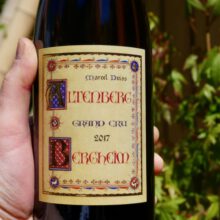
Product information
Domaine Marcel Deiss Grand Cru ‘Altenberg de Bergheim’ 2017
$254
Description
The very top of the Deiss wine tree. Every bottle of this I’ve devoured has been special. Although I haven’t tried the 2017 based on the quality of Deiss’ Village wines from 2017 this should be a special drink!
How to compare it? I shouldn’t it is what it is and it is bloody good. To give you an idea, it has a scent like a Hungarian Tokaij, mixed with a mid-aged Sauterne with a splash of Vin Santo, yet it’s more complex. Less sweet than all of these it probably has similar sugar levels to a drier Spätlese, although it comes across like drier Kabinett. Texturally the glycerol, phenolics, alcohol, sugar, and, acid give it a wonderfully lucious mouthfeel. It’s trick it light on your tongue, yet rich and finishes clean. In a nutshell, just try one!
Pinot Blanc, Pinot Gris, Pinot Noir, Sylvaner, Muscat d’Alsace (white and red), Muscat à Petit Grain, Riesling, Gewurtztraminer, Traminer, Chasselas, Chasselas Rose.
I love the directness and purity of this exception to the Alsace rules! The best vintages of this wine always had a touch of noble sweetness and this is no exception. Stunning apricot – fresh and dried – aroma with exotic overtones. Then comes the super concentrated palate that remains so straight and focused, the interplay of fruit and minerality very seductive. Stunningly complex finish. A co-fermented field-blend of varieties. Drink or hold.
Stephen Reinhardt, Suckling 97 Points
Out of stock
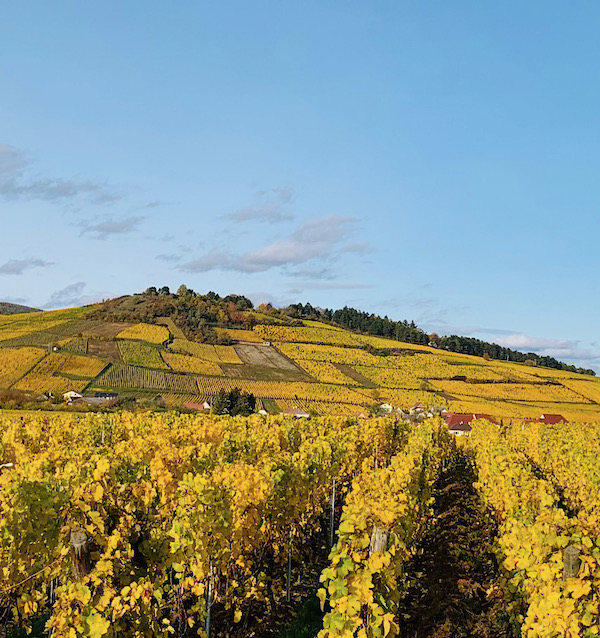
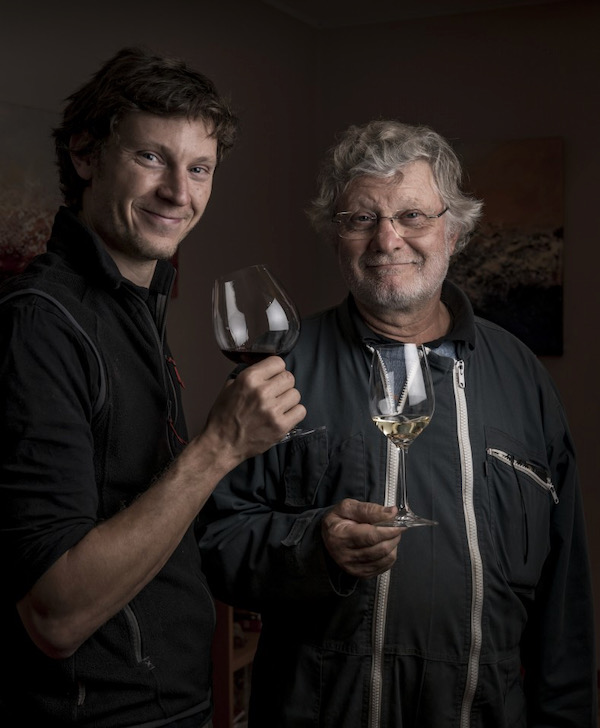


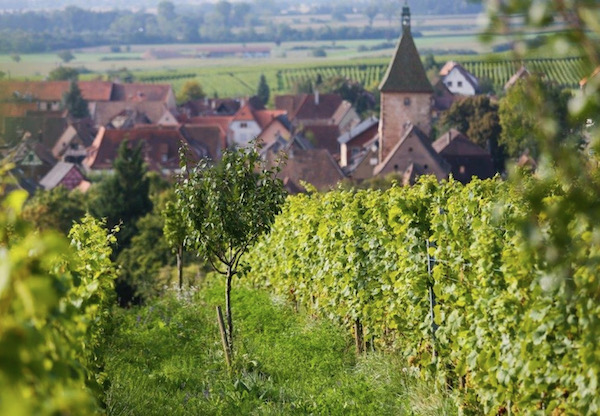
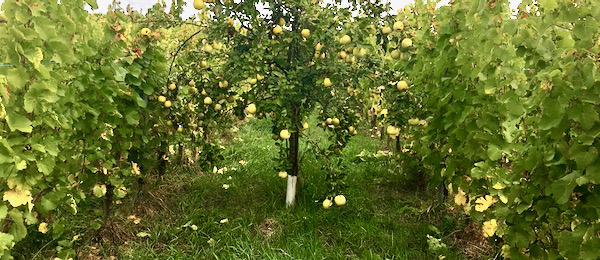
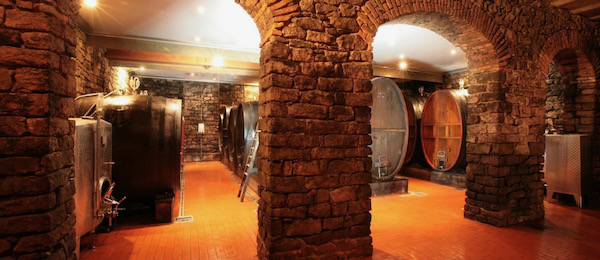
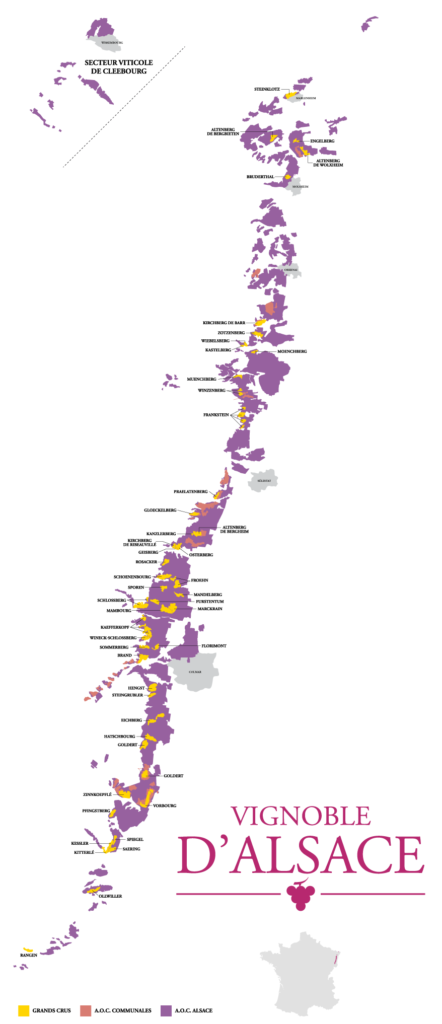

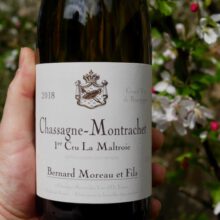
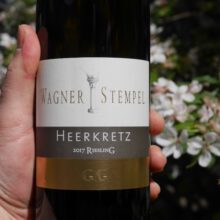
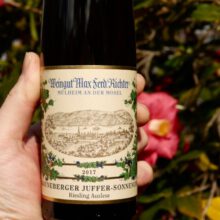
You must be logged in to post a comment.